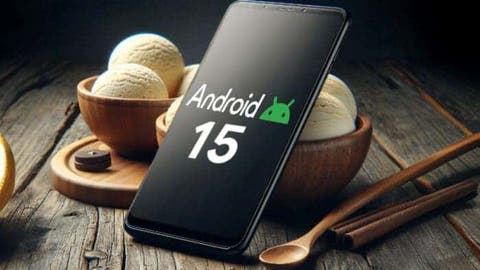The gap between Android and iPhone has narrowed considerably, with both operating systems and their devices offering similar features and experiences. While Google is often seen as following rather than leading in this space, it has recently introduced a remarkable new feature that is actually coming to Android first, potentially in the near future.
Google is striving to align Android more closely with the iPhone, as the two dominant smartphone platforms compete for users. In its ongoing efforts, Google has been bolstering Android security, integrating WhatsApp calls into its phone dialer, and even incorporating Apple passes into its wallet feature. With its latest update, Google not only matches an existing iPhone feature but surpasses it significantly, unexpectedly outpacing Apple in this aspect.
Android 15 to Feature SOS Service
Forbes previously covered Google’s initiative to incorporate an emergency satellite service as a new feature. This move will bring Android on par with the satellite SOS functionality that Apple has offered on its iPhone for a few years. Google’s implementation appears to include a pre-built Garmin rescue service in its plan, representing a significant advancement in ensuring the safety and security of its extensive user base.
The problem with Apple’s emergency SOS feature is its limited scope—it’s designed specifically for emergencies. For those of us who aren’t climbing mountains or sailing oceans, it displays an SOS indicator on the screen when we’re out of coverage, but it’s a function that many people never actually use.
With the recent release of the Android 15 developer preview, Google appears to be narrowing the divide by offering users the opportunity to extend their cellular plans to include a satellite add-on. Additionally, core messaging apps will be able to utilize this satellite network, effectively eliminating cellular black spots and preventing users from being plunged into connectivity black holes.
Satellite Service Work on Android 15 Devices?
Mishaal Rahman noted that “Android 15 DP2 introduces certain UI elements to maintain a consistent user experience on devices with satellite connectivity support. Furthermore, the update enhances platform compatibility for satellite connectivity by introducing a new API that allows apps to identify when a device links to a satellite. Additionally, Android 15 enables SMS/MMS/RCS apps to utilize satellite connectivity for sending and receiving messages.”
The significant development lies in the fact that certain networks intend to incorporate LEO satellite connectivity as a subscription option. This represents an advancement from the initial expectations, when Google introduced a “Satellite SOS” feature prematurely on Pixel phones, positioned alongside Car Crash Detection and Emergency SOS.
Apple’s satellite connectivity still has relative restrictions. “With iPhone 14, iPhone 14 Pro, iPhone 15, or iPhone 15 Pro,” the description reads, “you can link your iPhone to a satellite to send texts to emergency services, ask for roadside assistance, and share your location with friends and family — all without mobile or Wi-Fi coverage.”
We had hoped Android might take it a step further, with earlier beta code indicating a satellite messaging option in collaboration with T-Mobile. The possibilities of what this could eventually entail made headlines when Elon Musk announced that SpaceX had achieved download speeds of 17mbps to an unmodified Galaxy S21 Ultra.
How will Satellite Service Work on Android 15?
As reported by SamMobile after the Samsung test, the device wouldn’t need any special hardware to connect to a satellite. Therefore, even in areas without conventional cellular network coverage nearby, a smartphone could make or receive calls and messages by directly connecting to a satellite. Starlink has been testing such a service, and it seems like we could use it in the upcoming months.
This hints at a future where direct-to-phone satellite connectivity becomes more common and practical. For now, integrating messaging is a great step forward. It seems confirmed that this feature is coming to Android 15, barring any major changes. As Android and iPhone draw closer together, this appears to be an instance of Google taking the lead, with Apple likely to follow suit. This news comes shortly after the revelation that Gemini might be coming to iPhone and amidst Apple’s claims regarding the DOJ lawsuit potentially turning iPhone into Android, making this week quite eventful.
